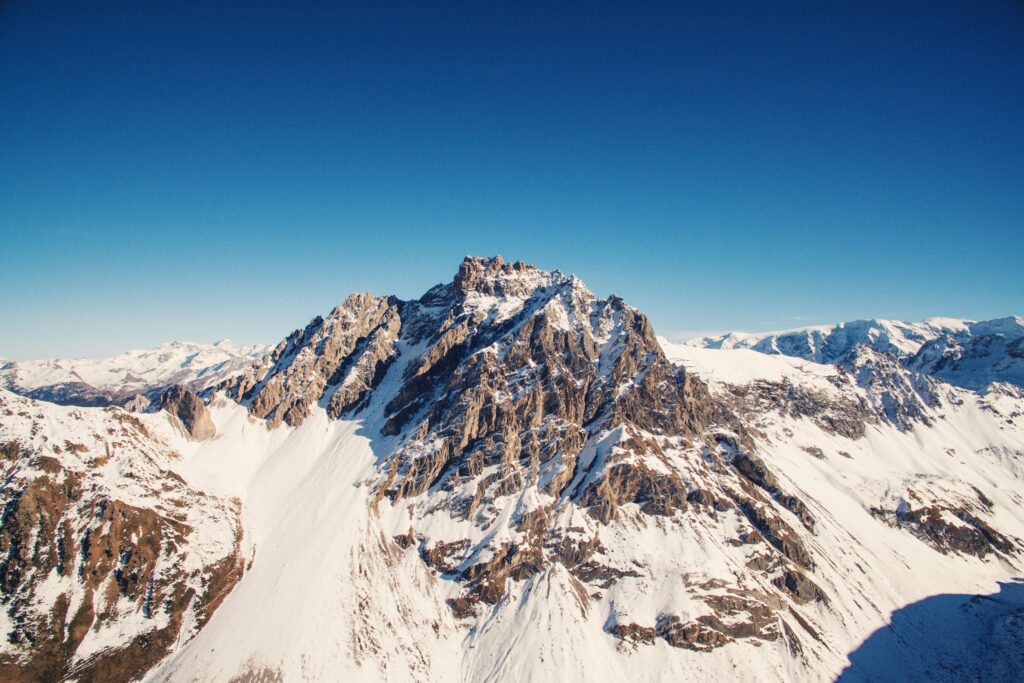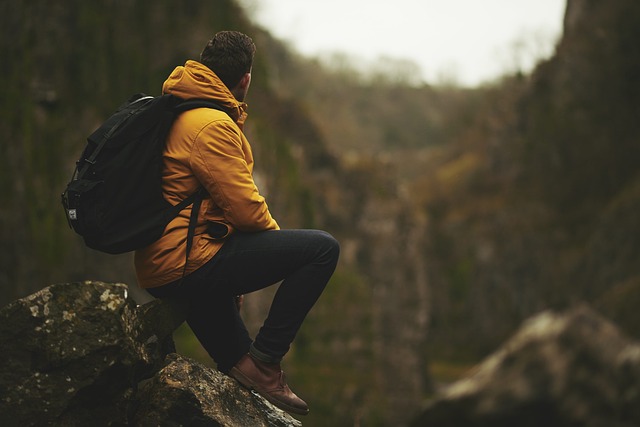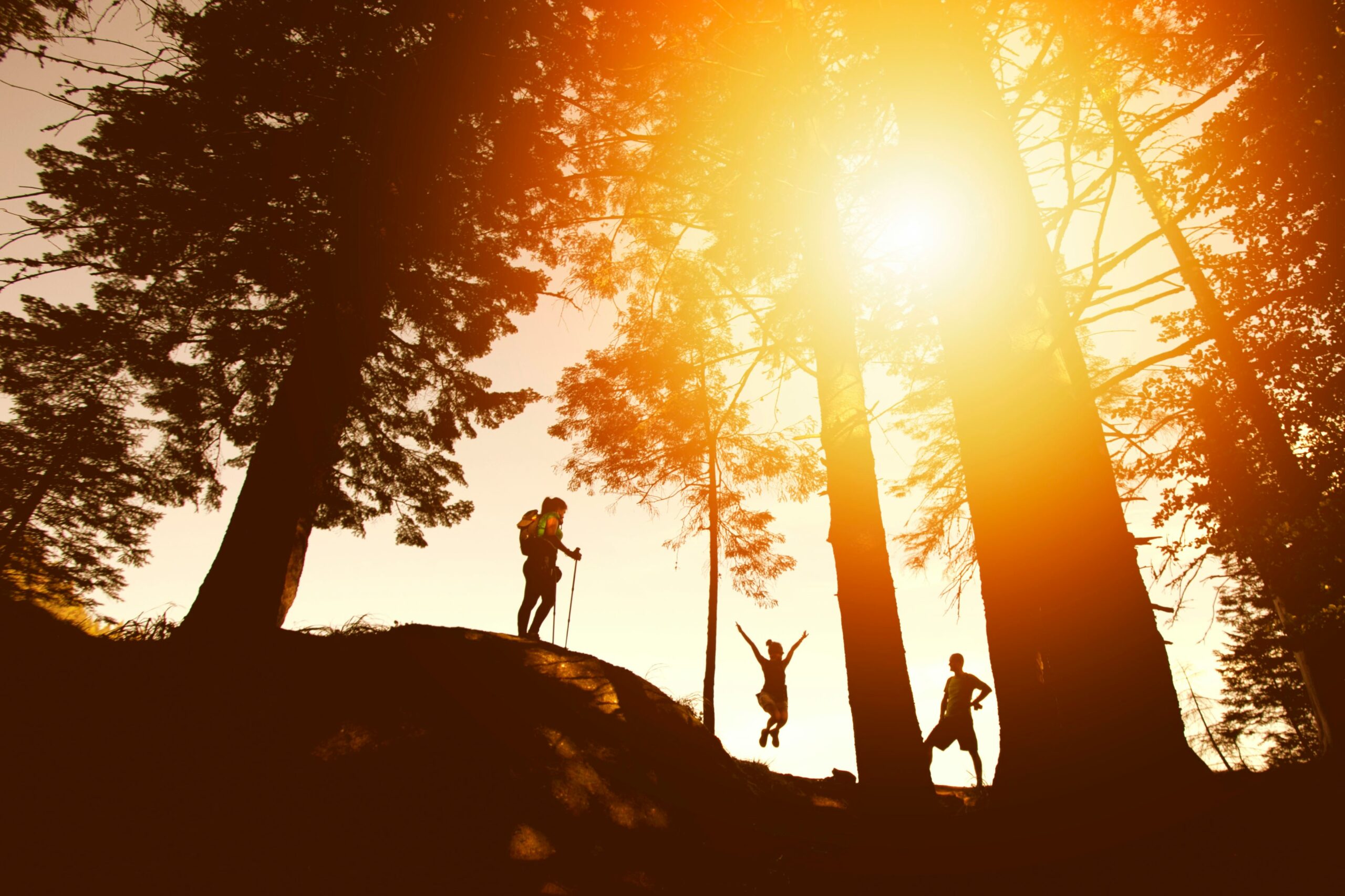Hiking in the cold and wet weather isn’t just about braving the elements; it’s about embracing them. There’s a certain magic that comes with trekking through misty forests, feeling the crisp air on your face, and hearing the soft patter of rain on your hood. But to truly enjoy hiking in these conditions, preparation is key. Without the right gear, mindset, and knowledge, what could be a serene experience can quickly turn uncomfortable—or even dangerous.
Here’s your guide to mastering the art of hiking in cold and wet weather, so you can enjoy the beauty and solitude of nature, no matter what the forecast says.
1. The Right Gear: Your Best Defense Against the Elements
When it comes to hiking in cold and wet weather, your gear isn’t just a luxury—it’s your lifeline. The right clothing and equipment can mean the difference between a pleasant adventure and a miserable ordeal.
- Layering Basics: The first rule of cold-weather hiking is layering. Start with a moisture-wicking base layer to keep sweat off your skin, add an insulating layer like fleece or down to retain body heat, and finish with a waterproof, breathable outer shell to protect against wind and rain. Avoid cotton, which retains moisture and loses insulating properties when wet.
- Waterproof Everything: Invest in high-quality waterproof gear, including your jacket, pants, boots, and backpack cover. Gaiters are also a good idea to keep water and mud from seeping into your boots. Remember, staying dry is half the battle when hiking in cold and wet conditions.
- Insulated Boots and Socks: Cold feet can ruin your hike faster than anything else. Choose waterproof, insulated boots and pair them with moisture-wicking, thermal socks. Consider carrying an extra pair of dry socks in a waterproof bag, just in case.
- Hats and Gloves: A lot of body heat escapes through your head, so a good beanie or hat is essential. Insulated, waterproof gloves are also a must to keep your hands warm and functional.
- Backpack Essentials: Pack extra layers, a waterproof map or GPS, a reliable headlamp with extra batteries, and a thermos filled with a hot drink. Also, include an emergency blanket or bivvy sack, especially if you’re hiking in remote areas.
2. Plan Ahead: Knowing When to Go and When to Stay Put
While hiking in the cold and wet can be exhilarating, it’s crucial to know when to go and when to stay put. Understanding the weather and terrain can help you make safer decisions.
- Check the Forecast: Always check the weather forecast before you set out. Look for signs of severe weather, such as heavy snowfall, high winds, or thunderstorms. If the forecast is particularly bad, it may be best to postpone your hike.
- Understand Microclimates: Mountains and forests often have their own microclimates, which can differ dramatically from the surrounding area. Be prepared for sudden changes in weather, especially in higher altitudes where conditions can shift rapidly.
- Know Your Route: Cold and wet weather can make trails more difficult to navigate. Mud, ice, and slippery rocks can slow you down and increase the risk of injury. Choose a route that matches your experience level and consider how the conditions might affect your pace.
- Start Early: Days are shorter in the colder months, so start your hike early to ensure you have plenty of daylight. Plan to reach your destination with enough time to set up camp or return to your starting point before dark.
3. Mind Over Matter: Staying Mentally Tough
Hiking in cold and wet weather isn’t just a physical challenge; it’s a mental one, too. Staying positive and focused can make all the difference when the going gets tough.
- Stay Positive: It’s easy to get discouraged when you’re cold, wet, and tired. Focus on the beauty around you, the sense of adventure, and the feeling of accomplishment you’ll have once you’ve completed your hike.
- Break It Down: If you’re feeling overwhelmed, break the hike down into smaller, more manageable segments. Focus on reaching the next waypoint or the next hour, rather than thinking about the entire journey.
- Use Mantras: Repeating a positive mantra can help keep your spirits up. Something as simple as “One step at a time” or “I am strong” can provide a mental boost when you need it most.
- Embrace the Elements: Rather than fighting the cold and wet, try to embrace it. Notice how the rain creates a different kind of beauty in the landscape, or how the cold air feels refreshing on your skin. Changing your perspective can transform the experience.
4. Trail Safety: Navigating the Dangers of Cold and Wet Weather
Cold and wet conditions can create additional hazards on the trail. Knowing how to navigate these safely is essential for a successful hike.
- Watch for Hypothermia: Hypothermia is a serious risk when hiking in cold and wet weather. Early signs include shivering, confusion, and clumsiness. If you or someone in your group starts showing these symptoms, stop immediately, get them into dry clothing, and provide warmth.
- Beware of Slippery Surfaces: Wet rocks, roots, and leaves can be extremely slippery. Take your time and use trekking poles for added stability. Test each step before putting your full weight down, especially on steep or uneven terrain.
- Crossing Streams: Cold weather can make river crossings more dangerous. If a stream is swollen from rain or snowmelt, consider finding an alternative route. Always unbuckle your backpack before crossing in case you need to quickly remove it if you fall.
- Stay Found: In fog, rain, or snow, visibility can drop quickly. Make sure you know how to navigate using a map and compass or GPS, and frequently check your position to avoid getting lost.
5. After the Hike: Recovery and Reflection
Once your hike is complete, the process of warming up and reflecting on your experience is just as important as the hike itself.
- Warm Up Gradually: Once you’re off the trail, get into dry clothes and warm up gradually. Sip on a warm drink and eat something to help your body recover. Avoid hot showers or baths immediately after a cold hike, as they can cause your blood pressure to drop suddenly.
- Check for Injuries: Cold weather can numb you to minor injuries. Take a moment to check your feet for blisters or frostbite and assess any bumps or bruises you might have sustained along the way.
- Reflect on the Experience: Take some time to reflect on your hike. What went well? What could you improve for next time? These reflections will help you become a better, more prepared hiker in the future.
- Celebrate Your Achievement: Hiking in cold and wet weather is no small feat. Take pride in your accomplishment, whether it’s your first time hiking in these conditions or you’re a seasoned pro.
Conclusion: The Thrill of the Chill
Hiking in the cold and wet weather offers a unique and rewarding experience for those willing to embrace the challenges. With the right gear, preparation, and mindset, you can safely enjoy the tranquility and beauty that comes with hiking in less-than-ideal conditions. So next time the forecast calls for rain or snow, don’t cancel your plans—gear up, head out, and discover the thrill of hiking in the elements.
Remember, there’s no such thing as bad weather, only bad preparation. Happy hiking!






